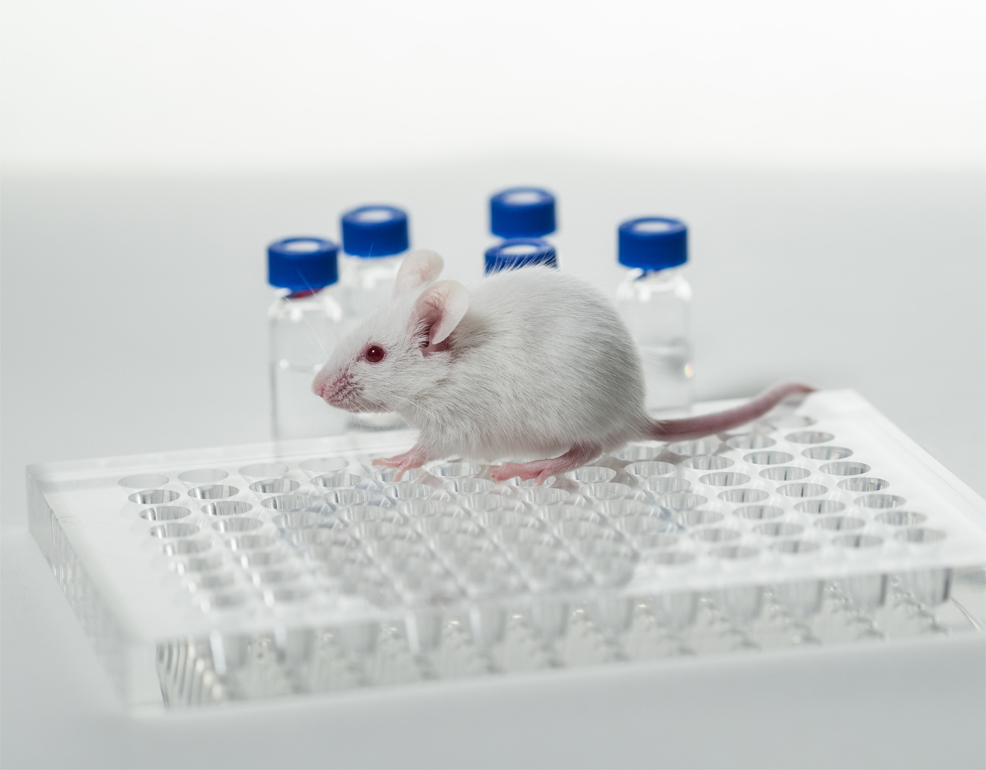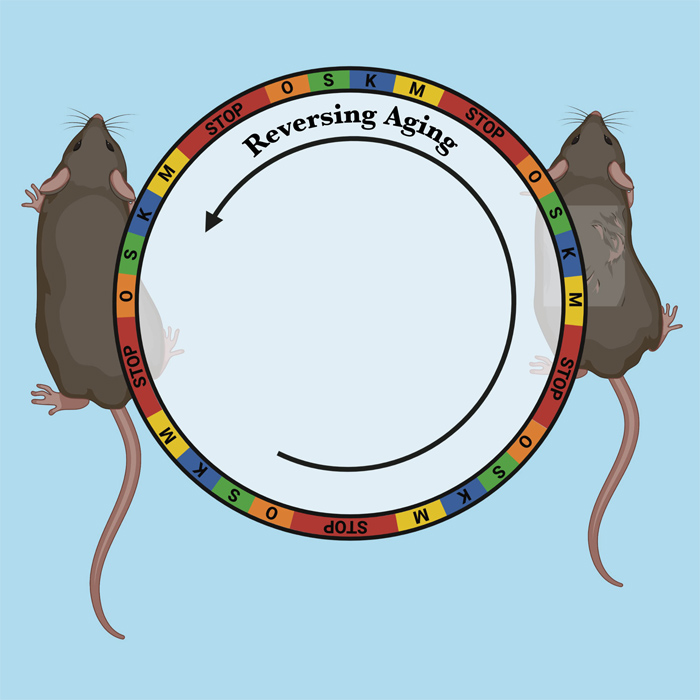
10th March 2022 Aging reversed in middle-aged and elderly mice A new cellular rejuvenation therapy is reported by scientists at the Salk Institute, which can reverse aspects of aging in mice, without causing cancer or other health problems.
Scientists at the Salk Institute, in collaboration with biotech firm Genentech, have shown that they can safely and effectively reverse the aging process in both middle-aged and elderly mice by partially "resetting" their cells to more youthful states. "We are elated that we can use this approach across the life span to slow down aging in normal animals. The technique is both safe and effective in mice," said Juan Belmonte, Professor in Salk's Gene Expression Laboratory, and co-corresponding author of a new paper in the journal Nature Aging. "In addition to tackling age-related diseases, this approach may provide the biomedical community with a new tool to restore tissue and organismal health by improving cell function and resilience in different disease situations, such as neurodegenerative diseases." As organisms age, not only do their outward appearances change; every cell in their bodies contains a molecular clock that records the passage of time. Cells in older people or animals have different patterns of chemicals along their DNA, called epigenetic markers, compared to younger people or animals. Adding a group of reprogramming molecules – Oct4, Sox2, Klf4 and cMyc (OSKM), also known as "Yamanaka factors" – can reset these epigenetic marks to their original pattern. This approach is how researchers can dial back adult cells into stem cells.
In December 2016, Belmonte's lab reported for the first time that the Yamanaka factors could reverse the signs of aging and increase life span in mice with a premature aging disease. More recently, the team found that, even in young mice, the Yamanaka factors can accelerate muscle regeneration. Following these initial observations, scientists have used the same approach to improve the function of other tissues like the heart, brain, and optic nerve. For their latest study, Belmonte and his colleagues tested variations of the cellular rejuvenation approach in healthy animals as they aged. One group of mice received regular doses of the Yamanaka factors from the time they were 15 months old until 22 months, roughly equivalent to age 50 through 70 in humans. Another group had treatment from 12 through 22 months, equivalent to age 35 to 70 in humans. A third group had treatment for just one month at 25 months, similar to age 80 in humans. "What we really wanted to establish was that using this approach for a longer time span is safe," said Pradeep Reddy, a Salk staff scientist and co-first author of the new paper. "Indeed, we did not see any negative effects on the health, behaviour, or body weight of these animals." Compared to control animals, no blood cell alterations or neurological changes were found in mice that had received Yamanaka factors. Moreover, the team found no cancers in any of the animals. When the researchers looked at normal signs of aging in animals that had undergone the treatment, they found that the mice, in many ways, resembled animals of a younger age. They observed this rejuvenation in the epigenetic patterns of both the kidneys and skin. When injured, the skin cells of treated animals had a greater ability to proliferate and appeared less likely to form permanent scars – older animals usually show less skin cell proliferation and more scarring. Furthermore, metabolic molecules in the blood of treated animals did not show normal age-related changes. The team observed this youthfulness in the animals treated for seven or 10 months with Yamanaka factors, but not those treated for just one month. Additionally, when they analysed the treated animals midway through their treatment, the effects were not yet as evident. This suggests that the treatment is not simply pausing aging, but actively turning it backwards – although more research is needed to differentiate between the two. The team is now planning future research to analyse how specific molecules and genes are changed by long-term treatment with the Yamanaka factors. They are also developing new ways of delivering the factors. "At the end of the day, we want to bring resilience and function back to older cells so that they are more resistant to stress, injury and disease," explained Reddy. "This study shows that, at least in mice, there's a path forward to achieving that."
Comments »
If you enjoyed this article, please consider sharing it:
|








